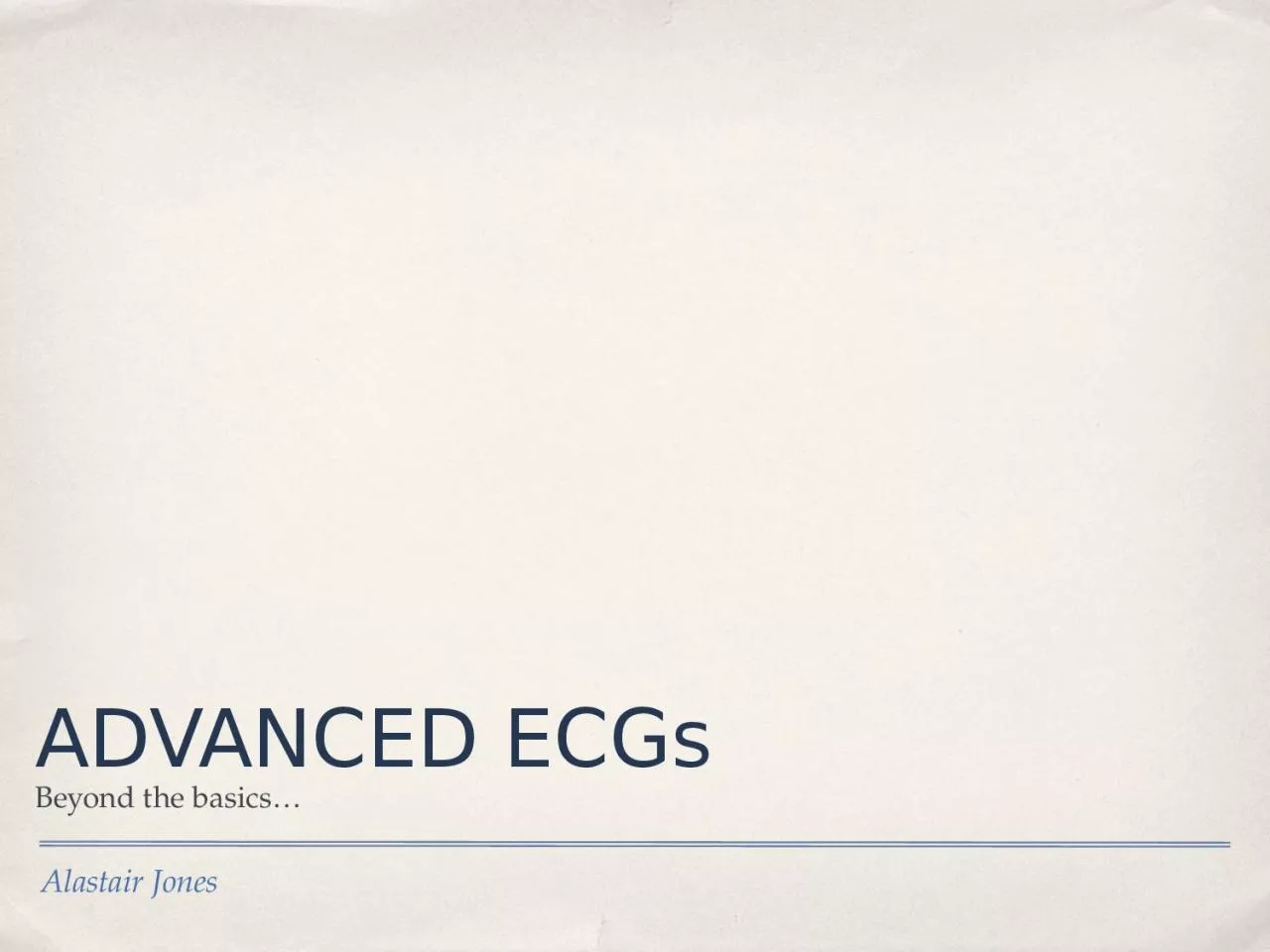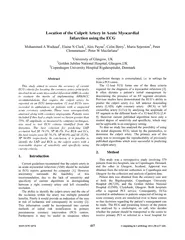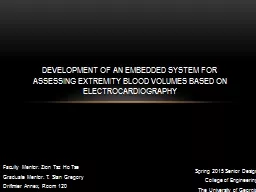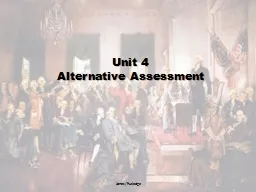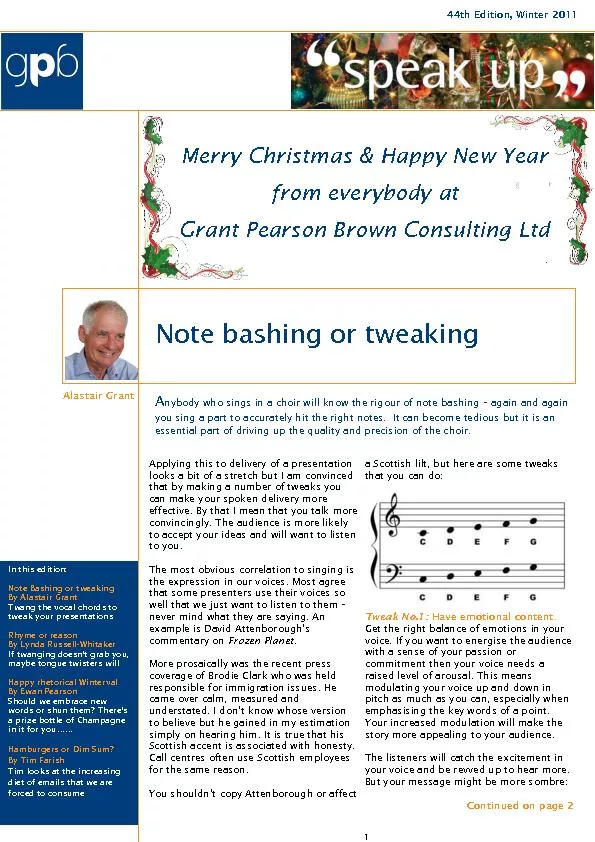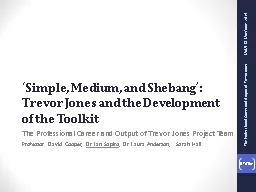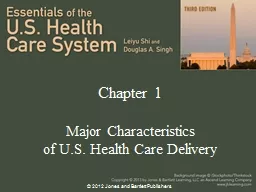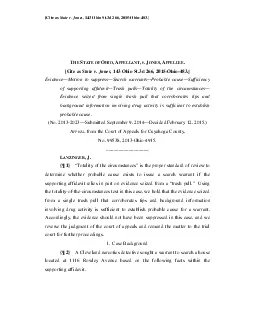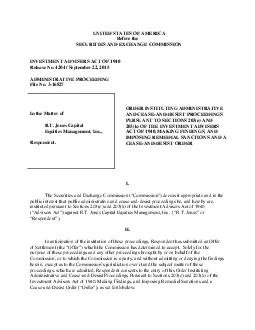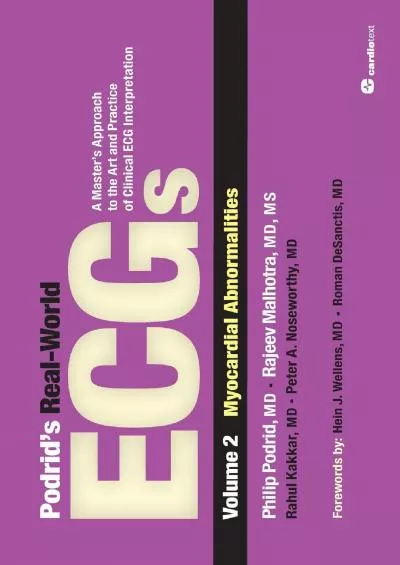PPT-Alastair Jones ADVANCED ECGs
Author : WiseWhale | Published Date : 2022-08-02
Beyond the basics Quiz Q1 55 year old man presents with central crushing chest pain Comment on the ECG and what is you treatment plan Quiz Q1 Quiz Q2 78 year old
Presentation Embed Code
Download Presentation
Download Presentation The PPT/PDF document "Alastair Jones ADVANCED ECGs" is the property of its rightful owner. Permission is granted to download and print the materials on this website for personal, non-commercial use only, and to display it on your personal computer provided you do not modify the materials and that you retain all copyright notices contained in the materials. By downloading content from our website, you accept the terms of this agreement.
Alastair Jones ADVANCED ECGs: Transcript
Download Rules Of Document
"Alastair Jones ADVANCED ECGs"The content belongs to its owner. You may download and print it for personal use, without modification, and keep all copyright notices. By downloading, you agree to these terms.
Related Documents

